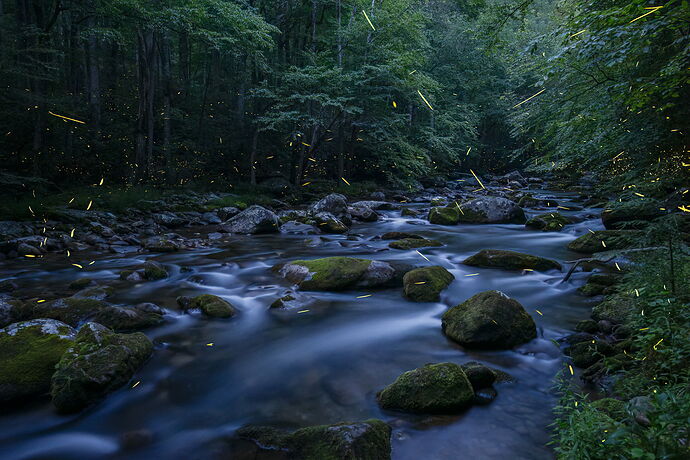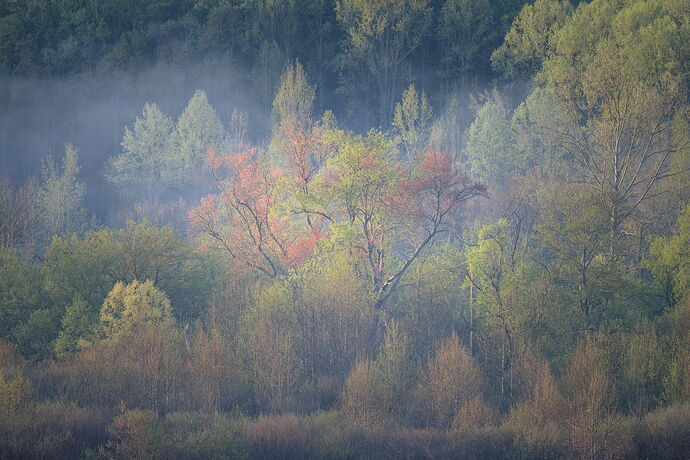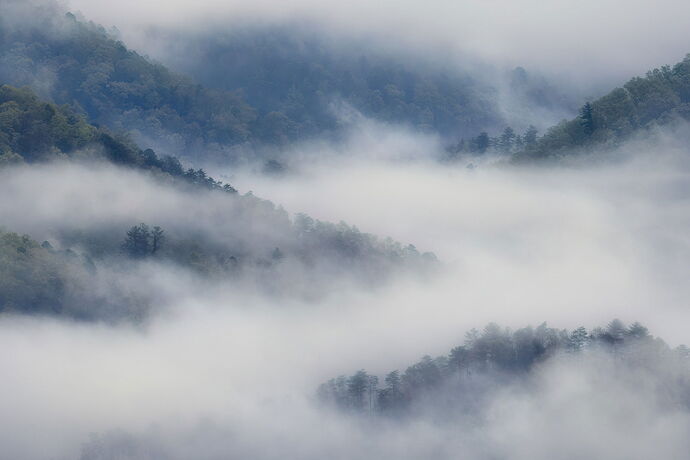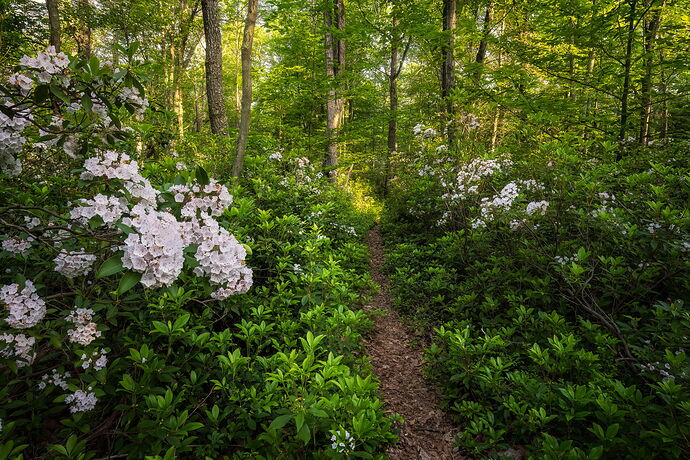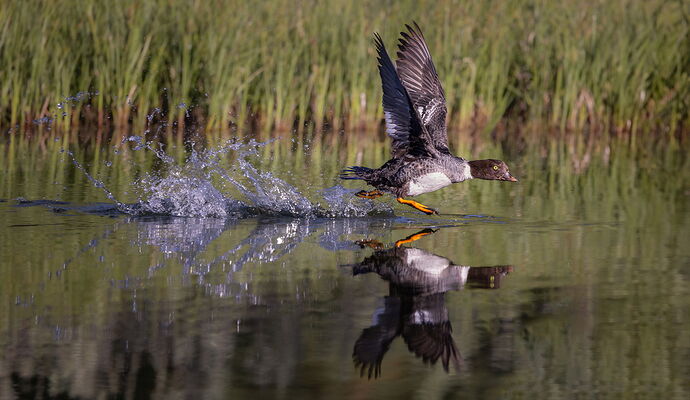If you’re not an NPN member yet, you can join our free tier to ask questions in the AMA or to get the full benefits of what we offer; you can join here.
Hi everyone! I’m Chrissy Donadi—a nature photographer, educator, and someone who’s often described (accurately, I think) as a coordinator of chaos—especially when it comes to organizing Lightroom catalogs and raising two young kids.
Like many, my obsession with landscape photography started through travel. I spent years chasing grand views and faraway places with no real strings attached. But as life shifted—trading planes and passport stamps for playgrounds and snack times—my photography evolved too. I still often photograph solo, but most of my scouting these days is with kids in tow. Watching them discover the natural world has helped me see it with fresh eyes—finding magic in the tiniest details, fleeting light, and seasonal change.
For the moment, I’m based in Northern Virginia, though I’ll always consider the Pocono Mountains of Pennsylvania home. Consistently showing up to photograph my backyard, local trails, parks, and what some might consider “ordinary” places has taught me to slow down, follow the light, and notice how a familiar scene transforms throughout the seasons and the years. While I still love to travel when I can, that steady practice close to home has pushed me to grow in ways I didn’t expect—revealing lessons I might have otherwise overlooked.
It’s also what inspired me to deepen my understanding of the natural world. I’ve completed one Master Naturalist program and am now working through my second, focused on the ecology of my new region in Appalachia. That knowledge has completely changed how I approach photography—helping me understand the relationships within ecosystems and how to better position myself to find incredible moments in nature, especially when I don’t have the luxury of heading out to explore every single day.
In addition to my personal projects, I also work with commercial clients and teach photographers how to better organize their thousands of images in Lightroom. While I won’t be able to tackle individual troubleshooting here, I’m always happy to talk about catalog organization strategies, building creative habits at home, or balancing photography with life’s many demands.
Looking forward to connecting with you—ask me anything!
Website: https://chrissydonadi.com
AMA Rules:
- Please only ask one question by replying to this topic a single time, using the “Ask a question” button at the bottom. It’s also helpful to scroll to the bottom while reading the topic to make sure nobody else has asked the same question first before you ask.
- Please don’t ask more than one question so everyone gets a chance.
- Please do not reply to anyone else’s post. The only purpose of replies on this topic is to ask the author one question. Please create a new topic if you’d like to discuss a related topic in more detail.
Posts not following these rules may be removed by moderators to keep the Q&A flowing smoothly. Thank you!

